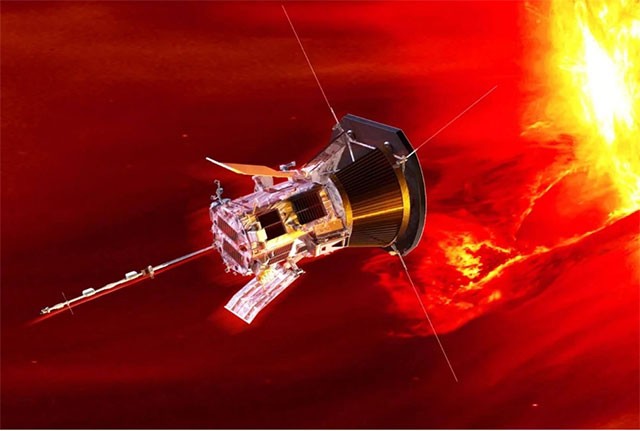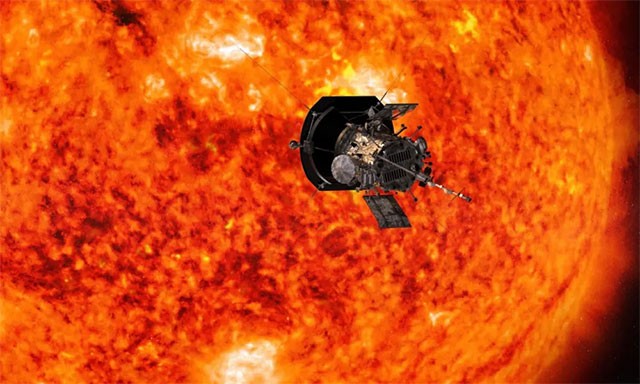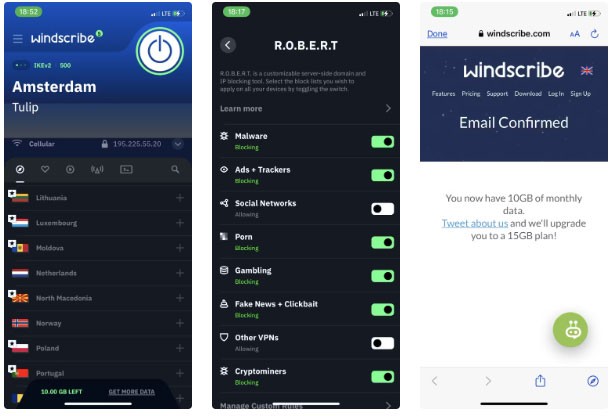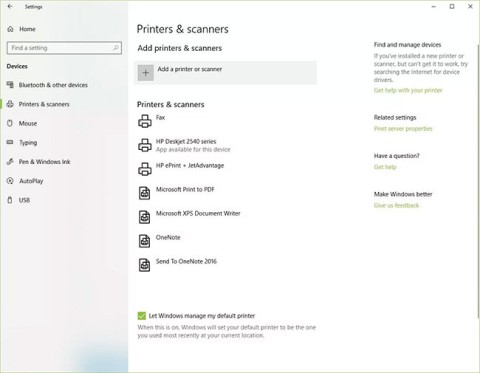The most commonly deficient nutrients in the diet

Diet is important to our health. Yet most of our meals are lacking in these six important nutrients.
Updated January 5:
NASA's Parker Solar Probe has "phoned" home, meaning the spacecraft survived its closest-ever mission to the Sun earlier this week.
"After a record-breaking close approach to the Sun, the Parker Solar Probe has transmitted a beacon signal back to Earth, indicating that its condition is stable and all instrument systems are functioning normally," the US National Aeronautics and Space Administration said in a statement on its official website.
The data-gathering spacecraft flew past the sun on Tuesday at 430,000 mph — the fastest any man-made object has ever reached — and came within 3.7 million miles of the planet’s surface. But the spacecraft’s position relative to Earth led to a temporary loss of communications, meaning the mission team at the Johns Hopkins Applied Physics Laboratory in Laurel, Maryland, will have to wait until now to find out for sure whether the spacecraft survived the “hot encounter.”

Scientists received a signal from Parker Solar Probe late on the night of January 2. The spacecraft is expected to send back detailed data on its actual condition in the next few days. The next two approaches by Parker Solar Probe are scheduled for March 22 and June 19, 2025, carrying the mission to send back to Earth new information about a "sky" that humanity has never set foot on.
We all know the importance of preventing electronic devices from overheating while in use, but nothing compares to the extremely hot working conditions that NASA's Parker Solar Probe is about to endure as it makes its closest ever flyby to the Sun.
Launched in 2018, the spacecraft has flown past our host star 21 times. With each approach, Parker Solar Probe gets closer to the center of the solar system, aiming to discover why the Sun’s atmosphere appears to be even hotter than the surface. Scientists also hope the data will help them better understand the solar wind, the stream of particles that collide with Earth’s magnetic field, creating beautiful auroras but sometimes causing problems with power grids and communications systems on Earth.
The Parker Solar Probe is currently on its way to a destination just 3.8 million miles (about 6.1 million kilometers) from the Sun's surface, literally immersed in the star's outer atmosphere—also known as the corona.
If you think 6.1 million kilometers doesn’t sound too close, consider this: Earth is 93 million miles (150 million km) from the Sun. That means the Parker probe will be 24 times closer to the Sun than we are, battling intense radiation and temperatures of 1,400ºC (2,552ºF). With such a narrow margin of error, NASA scientists will have to hold their breath to find out if the probe survived the ordeal of the Sun’s “hellfire.” The results will be available after December 27—when communications signals are expected to be returned to Earth—to see if it’s still working.

The Parker spacecraft—named after Dr. Eugene N. Parker, a pioneer in solar research—will travel at a blistering speed of 430,000 mph (692,000 km/h). This means it will enter and exit the Sun's corona as quickly as possible, minimizing exposure to harsh conditions while still having enough time to use its four sets of instruments to collect data about the star.
If successful, Parker will set a record for being the probe that will fly seven times closer to the Sun than any spacecraft in the past, is expected to travel faster than any previous man-made object and is our first attempt to enter the star's corona. Speaking to the BBC, NASA's Chief Scientist Dr Nicola Fox said the probe is "a tough, tiny spacecraft" that is "designed to withstand all these harsh, extreme conditions".
Diet is important to our health. Yet most of our meals are lacking in these six important nutrients.
At first glance, AirPods look just like any other true wireless earbuds. But that all changed when a few little-known features were discovered.
In this article, we will guide you how to regain access to your hard drive when it fails. Let's follow along!
Dental floss is a common tool for cleaning teeth, however, not everyone knows how to use it properly. Below are instructions on how to use dental floss to clean teeth effectively.
Building muscle takes time and the right training, but its something anyone can do. Heres how to build muscle, according to experts.
In addition to regular exercise and not smoking, diet is one of the best ways to protect your heart. Here are the best diets for heart health.
The third trimester is often the most difficult time to sleep during pregnancy. Here are some ways to treat insomnia in the third trimester.
There are many ways to lose weight without changing anything in your diet. Here are some scientifically proven automatic weight loss or calorie-burning methods that anyone can use.
Apple has introduced iOS 26 – a major update with a brand new frosted glass design, smarter experiences, and improvements to familiar apps.
Yoga can provide many health benefits, including better sleep. Because yoga can be relaxing and restorative, its a great way to beat insomnia after a busy day.
The flower of the other shore is a unique flower, carrying many unique meanings. So what is the flower of the other shore, is the flower of the other shore real, what is the meaning and legend of the flower of the other shore?
Craving for snacks but afraid of gaining weight? Dont worry, lets explore together many types of weight loss snacks that are high in fiber, low in calories without making you try to starve yourself.
Prioritizing a consistent sleep schedule and evening routine can help improve the quality of your sleep. Heres what you need to know to stop tossing and turning at night.
Adding a printer to Windows 10 is simple, although the process for wired devices will be different than for wireless devices.
You want to have a beautiful, shiny, healthy nail quickly. The simple tips for beautiful nails below will be useful for you.













